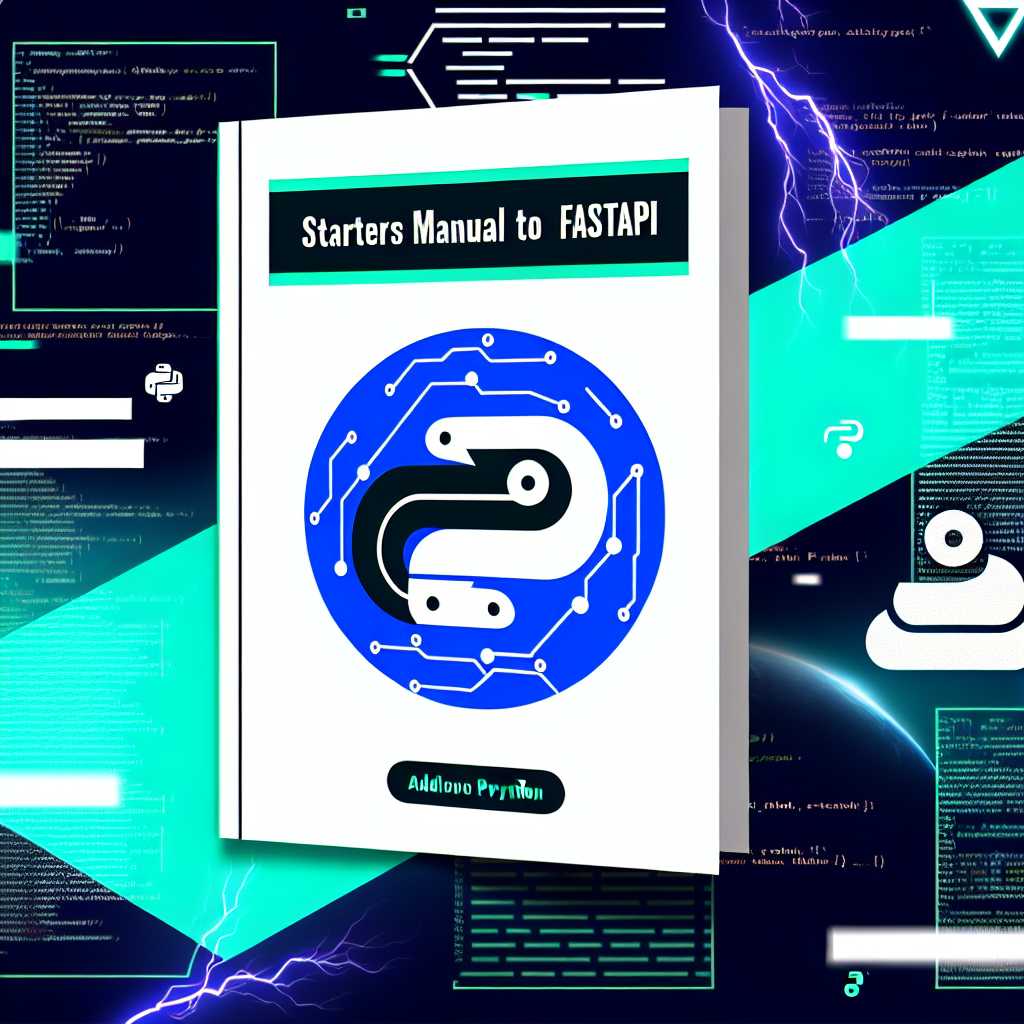FastAPI has quickly become one of the most popular frameworks for building APIs with Python, thanks to its speed, ease of use, and meticulous design. If you’re a developer looking to dive into FastAPI for the first time, this guide will help you get started.
Why FastAPI?
FastAPI is highly performant, as it’s built on top of Starlette for the web parts and Pydantic for the data parts. It offers automatic interactive API documentation with Swagger UI and ReDoc, which can significantly ease the development process. FastAPI is also designed to deliver high performance and is asynchronous by nature, making it an excellent choice for handling a large number of concurrent requests.
Setting Up Your Environment
Before you start using FastAPI, make sure you have Python 3.6+ installed on your system. You can check your Python version with the following command:
python --version
Once Python is set up, you can install FastAPI and an ASGI server like uvicorn using pip:
pip install fastapi uvicorn
Creating Your First API
Let’s create a simple API that returns a greeting. Save the following code in a file named main.py:
from fastapi import FastAPI
app = FastAPI()
@app.get("/")
async def read_root():
return {"Hello": "World"}
This snippet creates a FastAPI instance and defines a single route (/) that returns a JSON object. To run this server, execute the following command:
uvicorn main:app --reload
Visit http://127.0.0.1:8000 in your browser, and you should see:
{
"Hello": "World"
}
Interactive Documentation
One of the standout features of FastAPI is its automatically generated interactive documentation. You can access it by navigating to http://127.0.0.1:8000/docs. FastAPI also provides ReDoc documentation at http://127.0.0.1:8000/redoc.
Conclusion
FastAPI is a powerful tool for building APIs with Python, offering both high performance and ease of use. This quick-start guide gives you a taste of what you can do with FastAPI. As you continue exploring, you’ll discover more of its features and capabilities, such as handling path and query parameters, request validation, and complex data structures.
Stay tuned for more articles where we’ll dive deeper into these topics and more!
Happy coding!


Leave a Reply